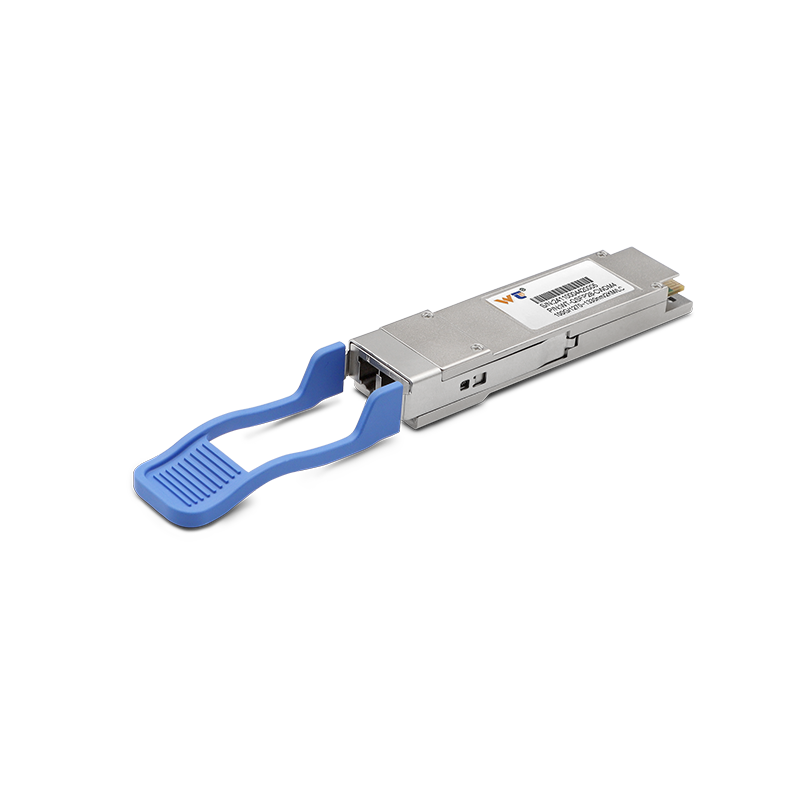The optical module industry is on the brink of transformative growth, driven by the increasing demand for high-speed data transmission and seamless connectivity. By 2025, the integration of 100G optical modules in rail transit systems will revolutionize smart operations and remote monitoring solutions. This evolution will not only enhance operational efficiency but also elevate the passenger experience in urban transportation networks, meeting the urgent need for reliability and speed.
Optical modules play a crucial role in the communication infrastructure, enabling high-speed optical data transfer in various applications. The market for optical modules is rapidly evolving, with an increasing trend towards smaller form factors and higher data rates. The global demand for robust and efficient optical communication solutions has surged, supported by advancements in technology and a growing reliance on data-driven applications. The introduction of optical modules that support a wide bandwidth—from 155Mbps to 1.6Tbps—is reshaping the landscape, catering to diverse scenarios from data centers to extensive transit systems. Companies in this sector are focused on developing optical modules that not only meet current demands but are also adaptable for future technologies, thus ensuring long-term sustainability in various operational environments.
| Technology Type | Role | Application |
|---|---|---|
| 1G/10G | Standard data transmission | Basic networking infrastructure |
| 25G/40G/100G | High-speed data transfer for large networks | Data centers, telecom networks |
| 400G/800G/1.6T | Ultra-high-speed connections | Advanced data processing and analytics |
Our optical modules are engineered meticulously to support smart operations and remote monitoring in rail transit systems. For instance, 100G optical modules facilitate real-time data analysis and transmission between trains and central control systems. This capability enables immediate response to various operational statuses, enhancing safety protocols. By connecting multiple sensors via high-speed fiber networks, these modules allow for timely monitoring of critical parameters such as vehicle speed, track integrity, and passenger load, creating a safer and more efficient travel environment.
Additionally, our modules support integration with existing systems, ensuring that upgrades to smart technologies do not require complete overhauls of current infrastructures. The resilience of our optical modules is evident in their capability to withstand harsh environmental conditions typically found along rail lines, which enables consistent performance regardless of external factors. Specific implementations showcase our products in action, where cities have reported reductions in delays and increased overall system reliability.
As we look towards 2025, several optical module technologies will be pivotal in shaping future applications. Established types such as single-mode and multi-mode fibers will dominate due to their unique benefits in data transmission. The advent of Wavelength Division Multiplexing (WDM) technology further enhances capacity by allowing multiple data streams on a single fiber, effectively utilizing existing infrastructure while maximizing throughput. Innovations like Coherent Optical Communication will continue to drive advancements, enabling faster speeds and longer distances without significant degradation.
Our case studies highlight successful implementations of optical modules across urban rail networks, emphasizing the potential for increased capacity and operational efficiency. By leveraging advanced 100G modules, cities have upgraded to intelligent transport solutions that reduce maintenance costs and improve overall service delivery. These examples underline how optical modules are not just components; they are integral to modernizing infrastructure in a sustainable manner.
At our website, we provide a range of optical module products, meticulously tested to meet stringent quality standards. Each product is designed to excel in various application scenarios, whether for high-speed data transmission or long-distance communication. Our commitment to excellence ensures that our optical modules consistently deliver performance that meets the growing demands of rail transit systems, positioning us as a leading partner in the development of innovative solutions.
In conclusion, the intersection of 100G optical modules and rail transit systems represents a groundbreaking shift toward smarter, more efficient transportation solutions. As we approach 2025, it is clear that the implications of this technology will resonate across various sectors, driving the future of transit systems into an era defined by speed, reliability, and seamless connectivity. Our optical solutions are at the forefront, ready to empower this transformation, ensuring that our clients can navigate the challenges of an increasingly interconnected world with confidence.






